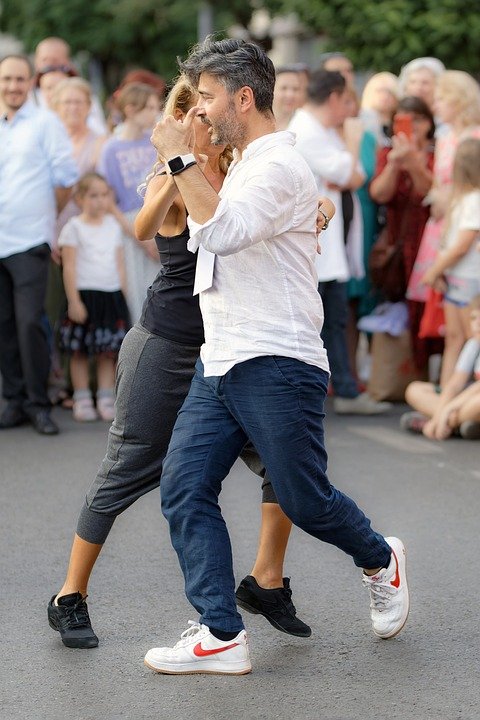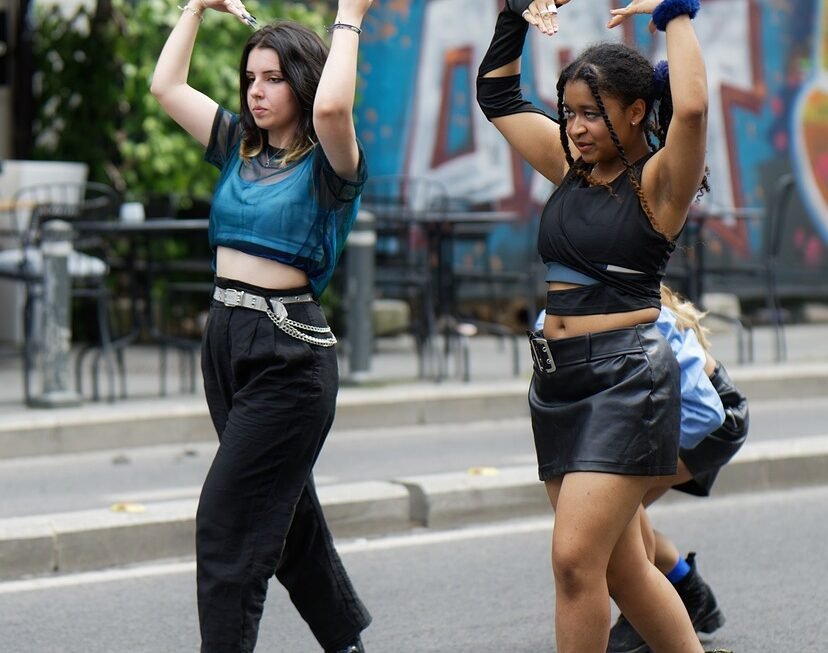Theater has long been a cherished form of entertainment, with a rich history that dates back thousands of years. From the ancient Greek tragedies to Shakespearean plays, traditional theater has captivated audiences with its storytelling, acting, and spectacle. However, as society and technology have evolved, so too has the way we consume and engage with theater.
In recent years, traditional performing arts have been adapting to meet the changing needs and preferences of modern audiences. One of the biggest shifts in the theater world has been the move towards incorporating technology into performances. From using digital projections and special effects to incorporating virtual reality and interactive elements, theaters are finding new ways to engage and immerse audiences in the experience.
Another trend that has emerged in the world of theater is the rise of immersive and site-specific performances. These productions break away from the traditional stage setup and instead invite audiences to move through different spaces to experience the story firsthand. This interactive approach allows for a more intimate and engaging experience, making theater more accessible and appealing to a wider range of people.
Additionally, there has been a growing focus on diversity and representation in theater. Many theaters are actively working to showcase stories and voices from marginalized communities, as well as casting a more diverse range of actors on stage. This push for inclusivity has not only broadened the variety of stories being told but has also helped to attract a more diverse audience to the theater.
Furthermore, traditional theater companies are also adapting by embracing new forms of storytelling. From devised theater to experimental performances, theaters are pushing the boundaries of what is possible on stage, creating unique and innovative experiences for audiences. This willingness to experiment and take risks has helped to breathe new life into the world of theater, attracting a younger and more diverse audience in the process.
In conclusion, the evolution of theater is a testament to the resilience and creativity of the performing arts. By embracing new technologies, immersive experiences, diverse representation, and experimental storytelling, traditional theater is staying relevant and engaging with modern audiences in exciting new ways. As we continue to move forward, it will be fascinating to see how theater continues to adapt and evolve to meet the changing needs and interests of its audience.




